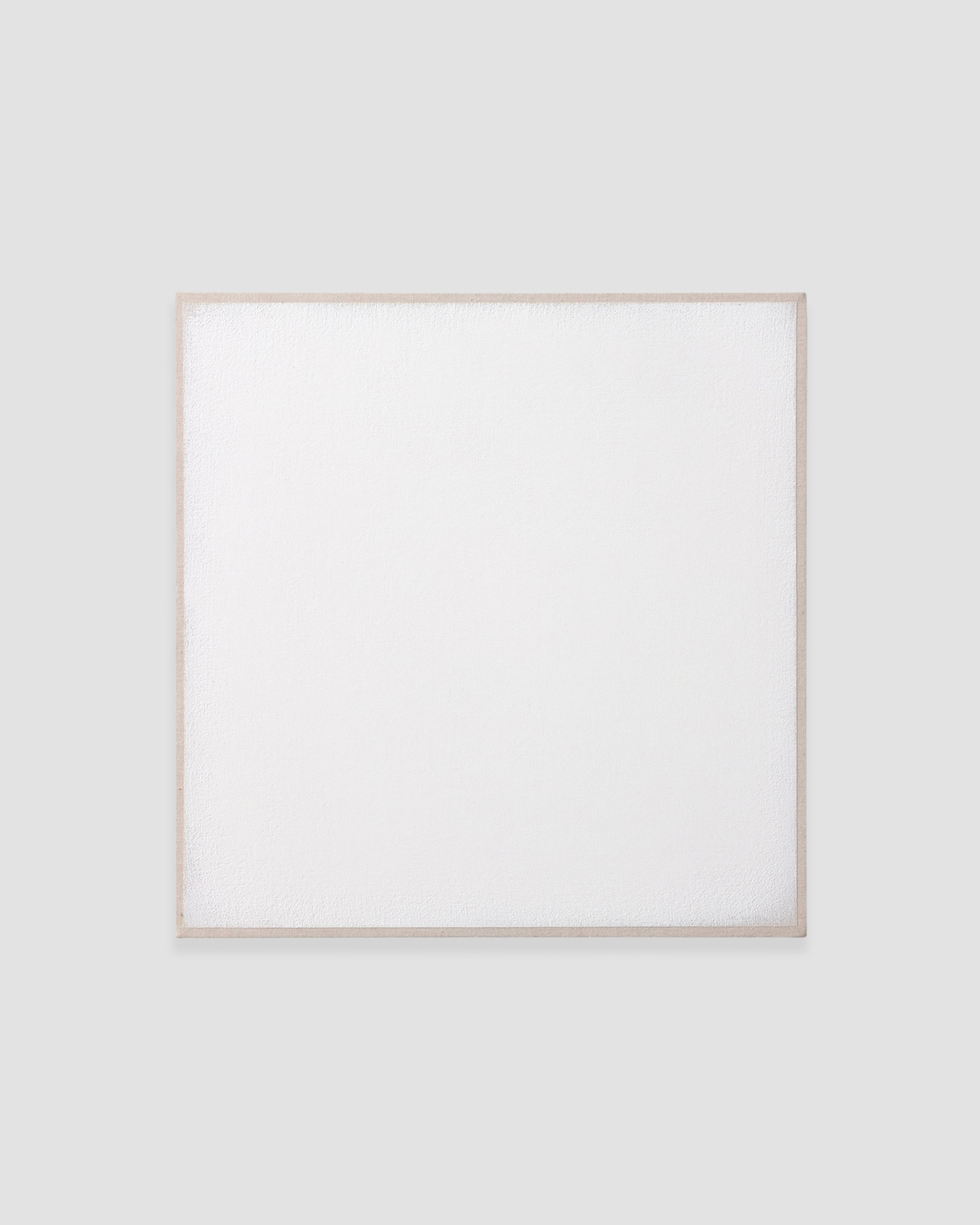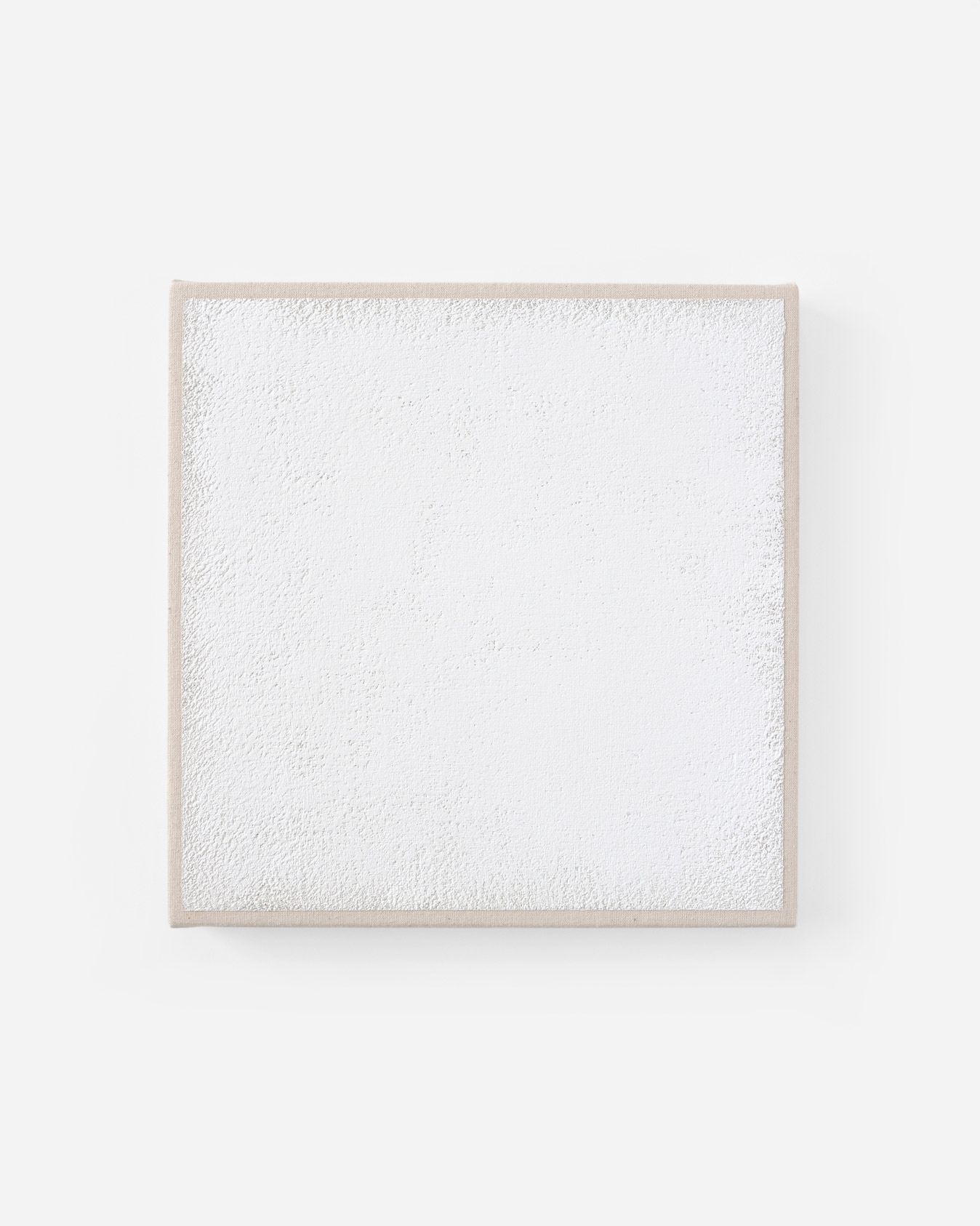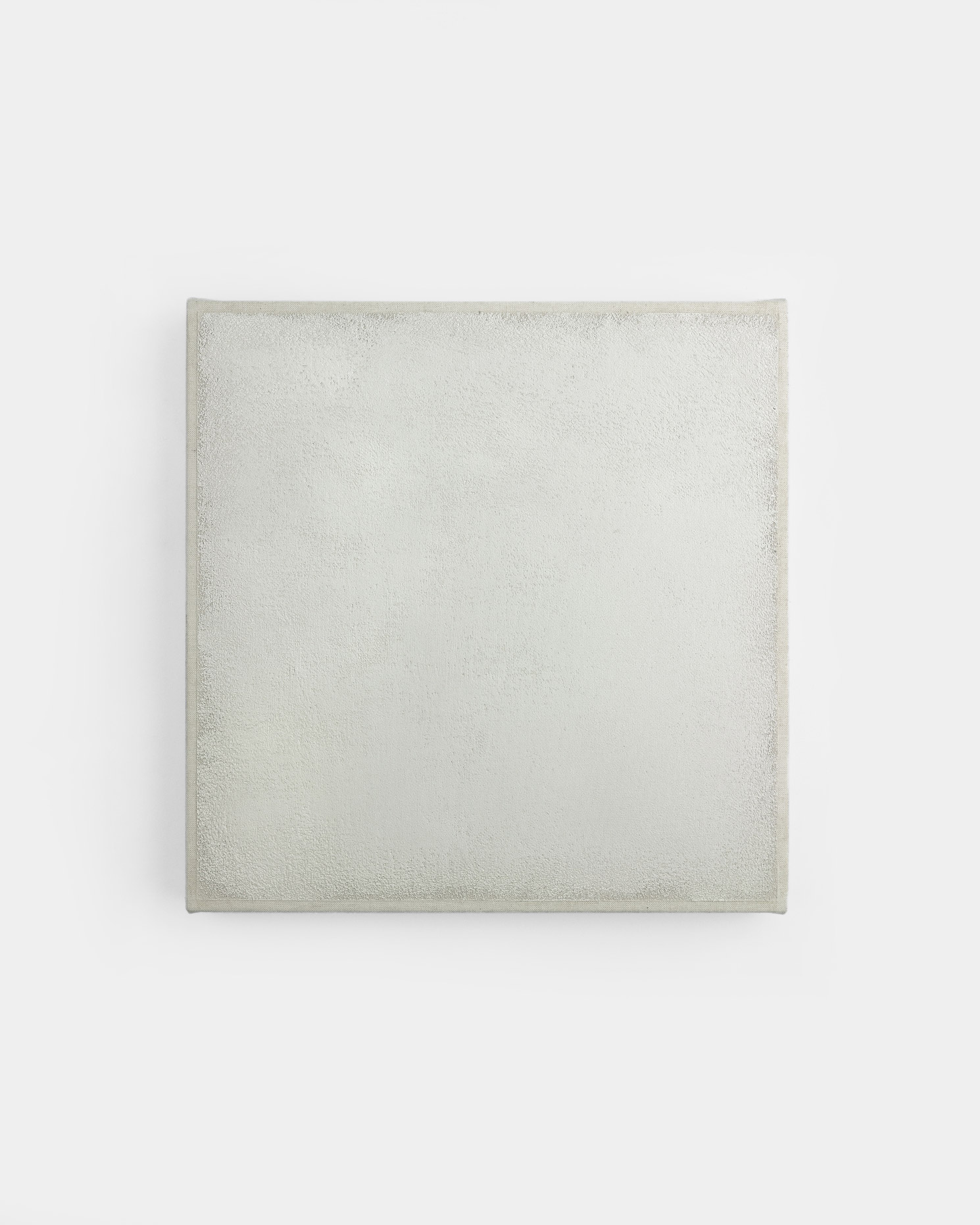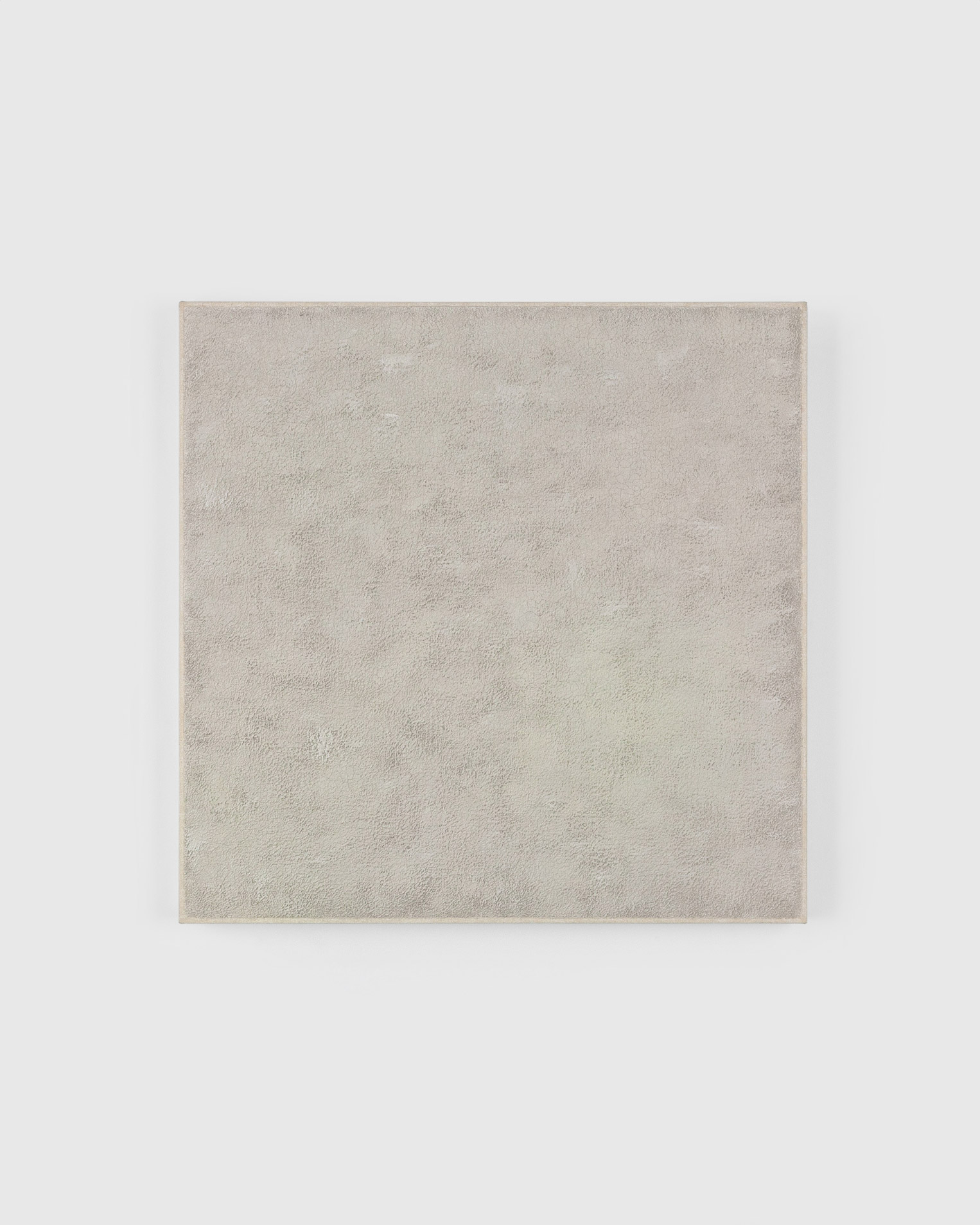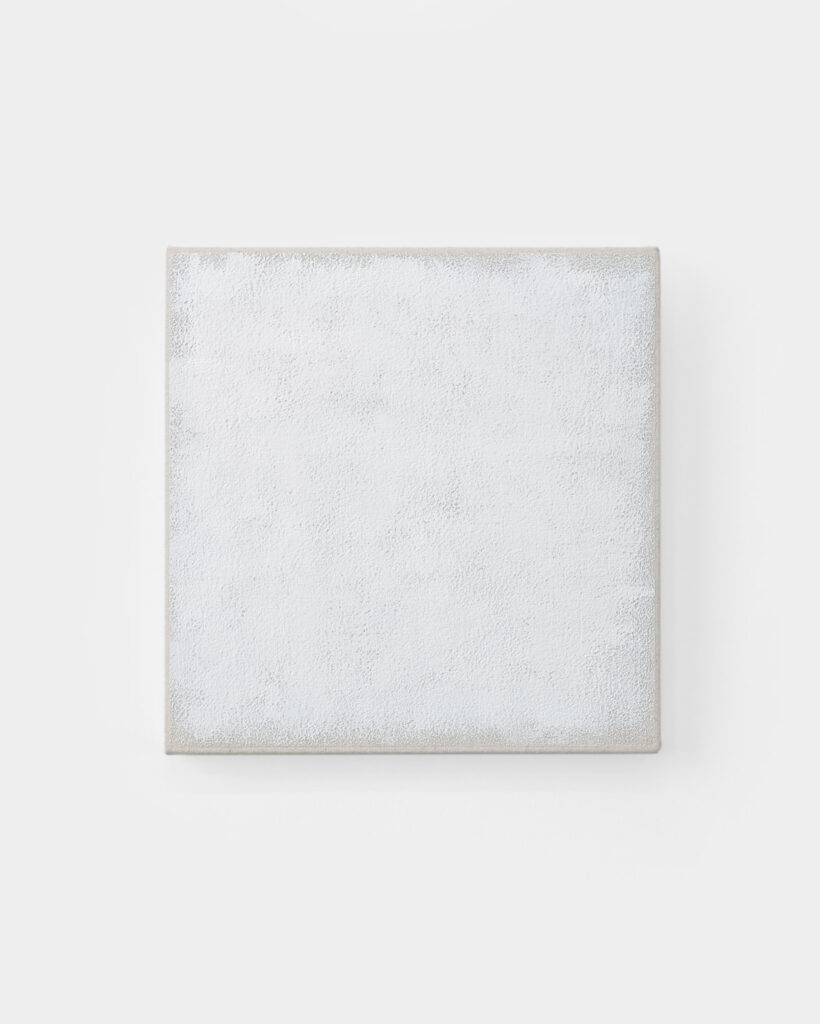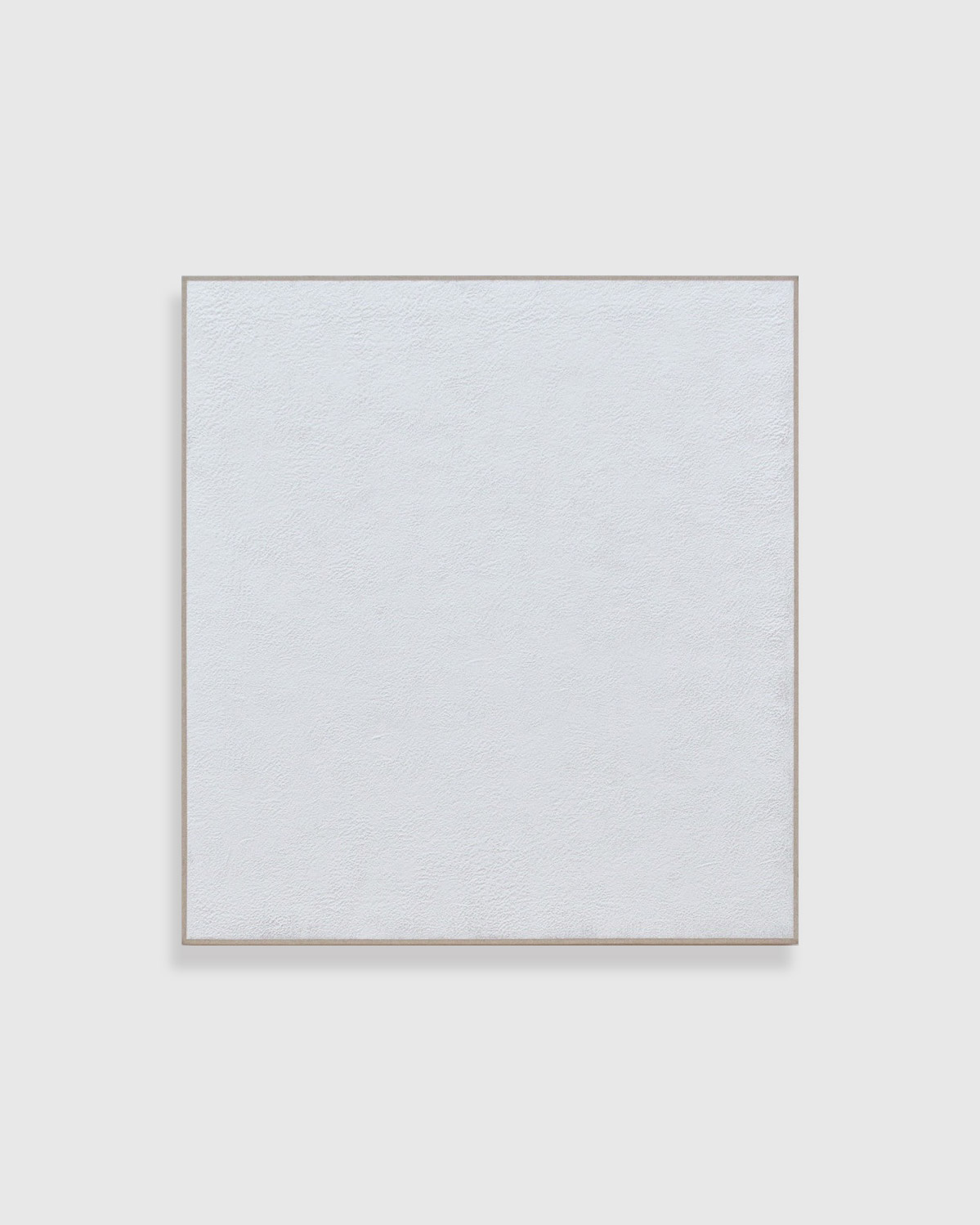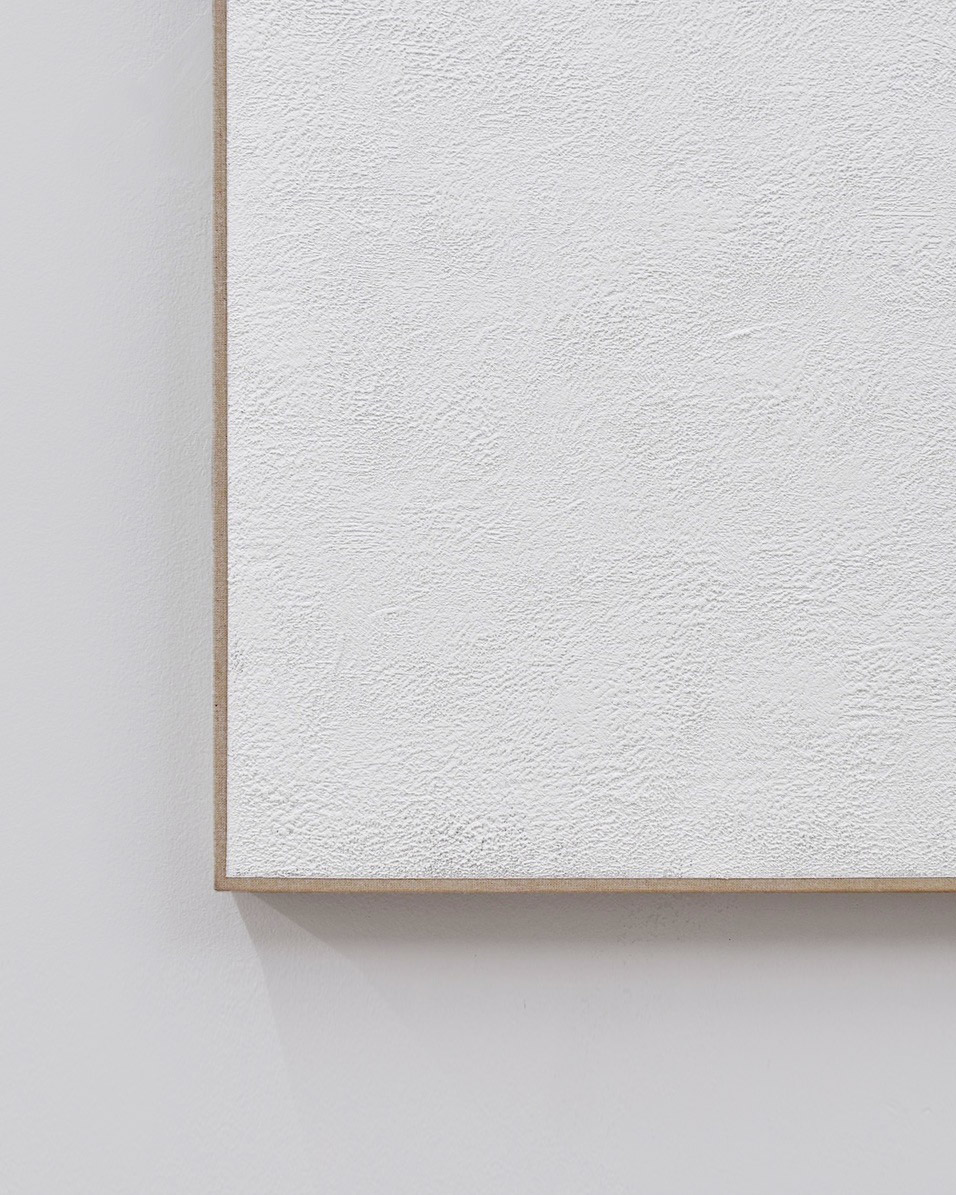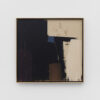Daniel Levine (1959 – 2022) was a contemporary artist from New York whose monochromatic works explore questions about the nature of painting and representation. Levine studied art at the State University of New York at Buffalo until 1983. A year later, he set up a studio in New York and became a member of a group of artists that included Stephen Parrino, Olivier Mosset and Steve DiBenedetto.
Today, Levine is best known for his white monochromes, to which he has devoted himself since 1990. Despite being limited to a single color, the often small-scale works demonstrate an intense exploration of the various dimensions of painting. This restriction forced him to focus on other aspects such as texture, materiality, and form. Levine did not see limitations as an obstacle, but as an opportunity for introspection and exploration. “The meaning is the process,” he explained, emphasizing that by setting boundaries within his work, he was able to continually comment on and explore long-standing themes and concepts of reductive painting.
The work asks questions about the nature of painting and representation; it does not offer answers.
Daniel Levine
A particular influence on his artistic development was the work of Robert Ryman. Like Ryman, Levine explored the principles of painting and the properties of materials beyond purely pictorial representation. By critically and exploratively examining the traditions and expectations of painting, Levine sought new, innovative ways to develop and formulate his own artistic language.
Levine’s working process was time-consuming and detail-oriented, as he revealed in an interview with Liz Michael1. A single painting can comprise up to 30-50 different layers — some consisting of fine glazes, others of thickly applied paint. A closer look at his works reveals the individual texture and materiality of each painting, with the almost uniform thin border acting as a distinctive feature of almost all of his works.
Daniel Levine left behind a special oeuvre that goes far beyond its monochrome surface and draws attention to the fundamental principles of painting.
Further Reading / Resources
https://www.daniellevine.name/
https://www.instagram.com/levine.d/
https://twocoatsofpaint.com/2022/03/daniel-levine-1959-2022.html
https://www.57w57arts.com/daniel-levine
https://copenhagen-contemporary.dk/daniel-levine-qa-with-new-york-artist-daniel-levine/
http://artevie-publishing.de/daniel-levine-my-work-is-about-reducing-forms-to-basic-elements-structure-support-surface-materials/
